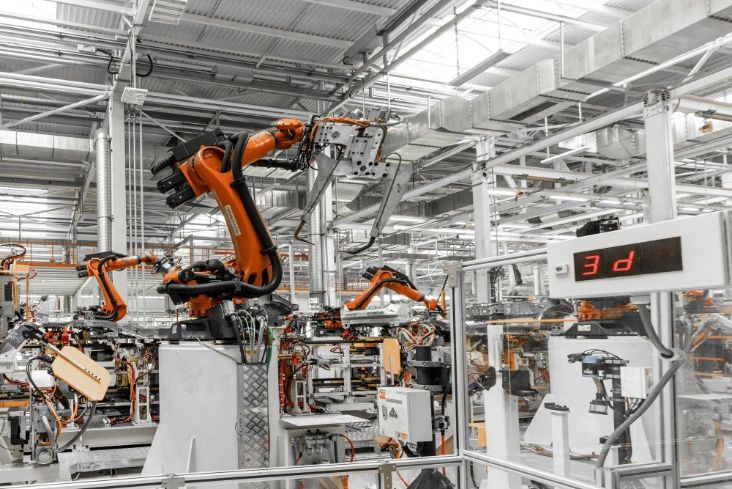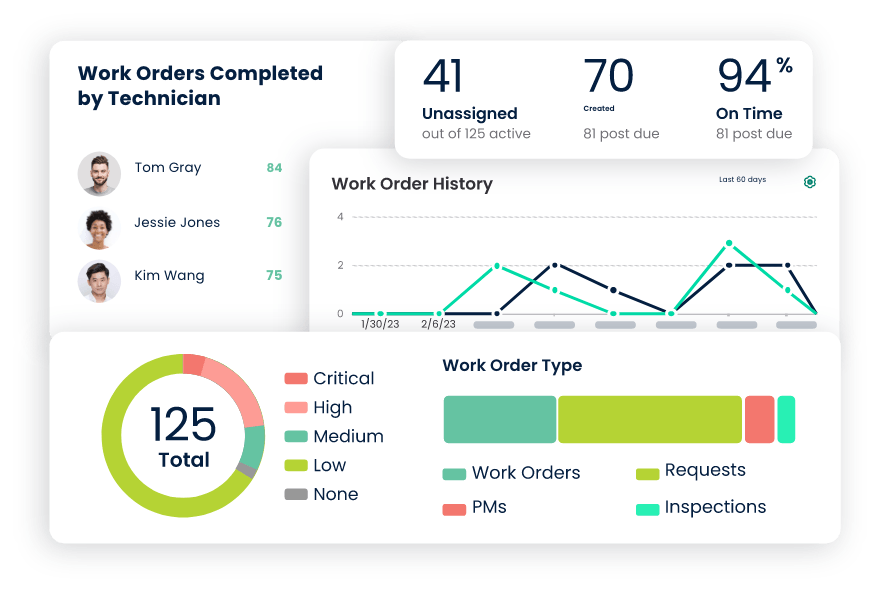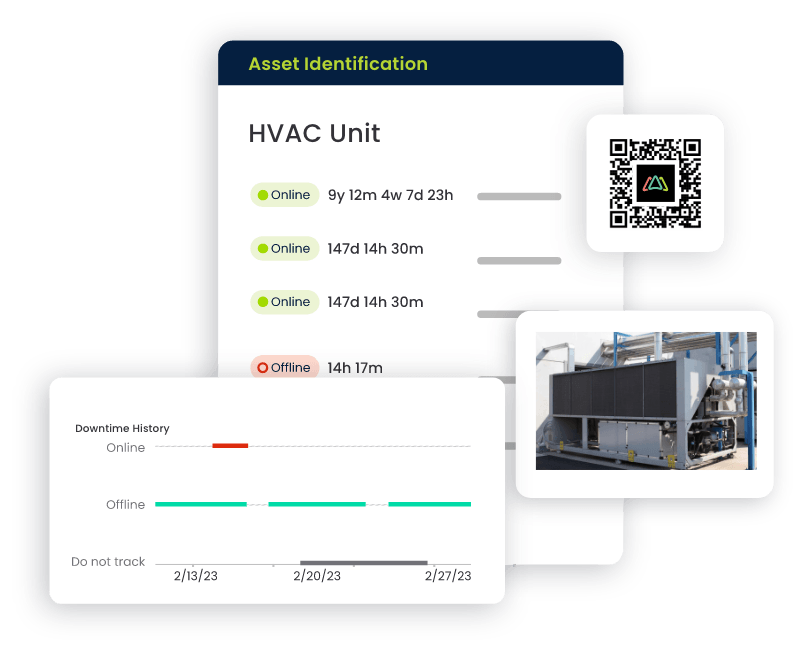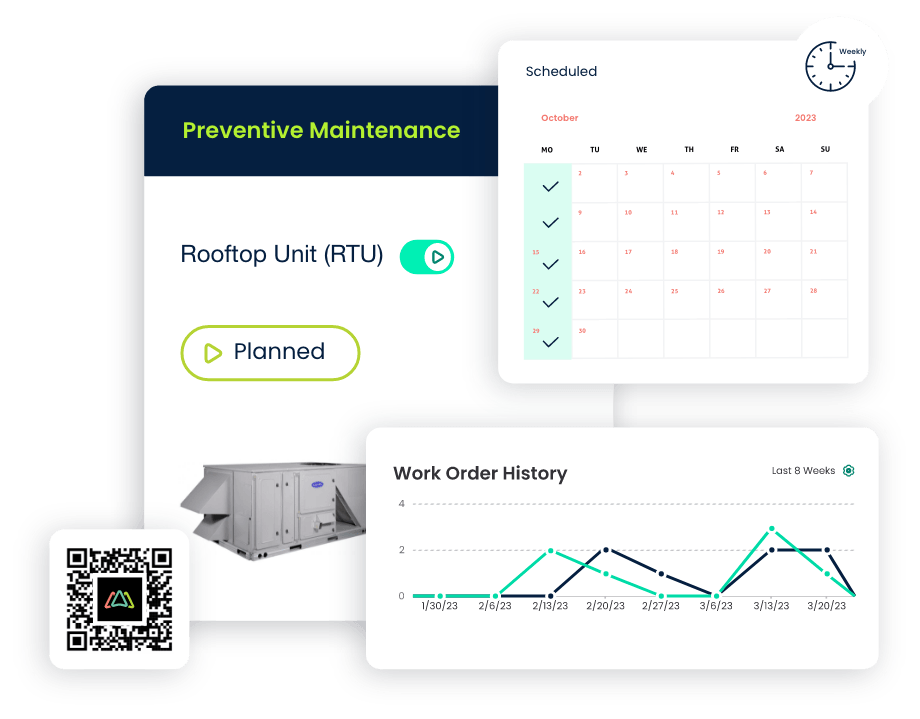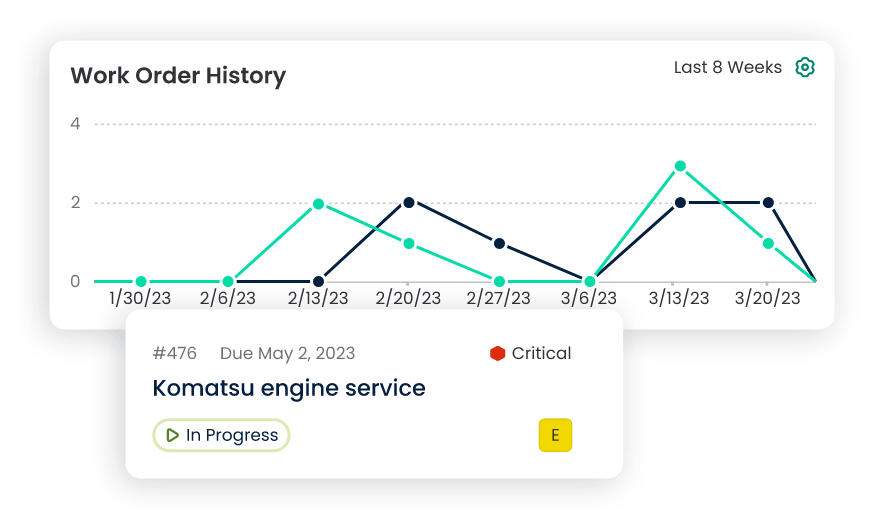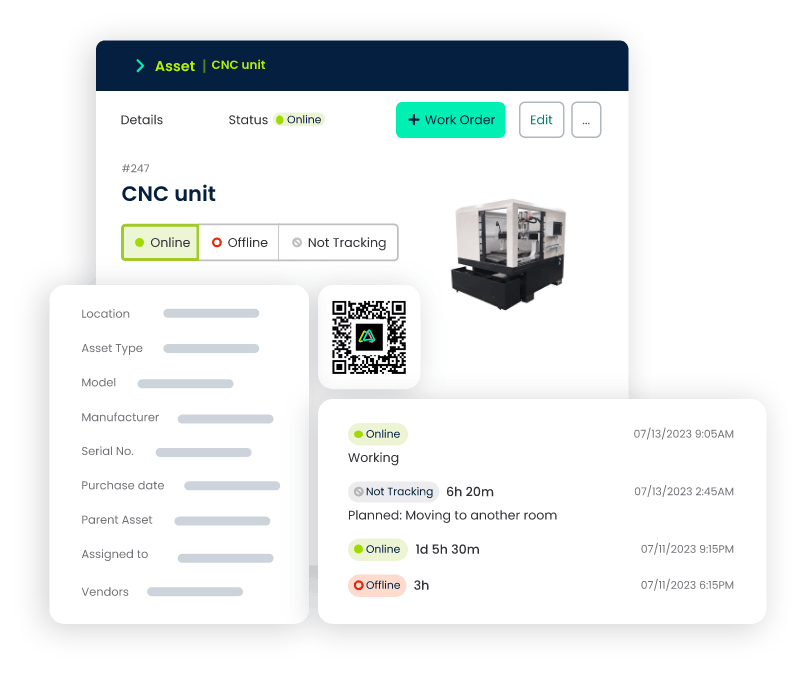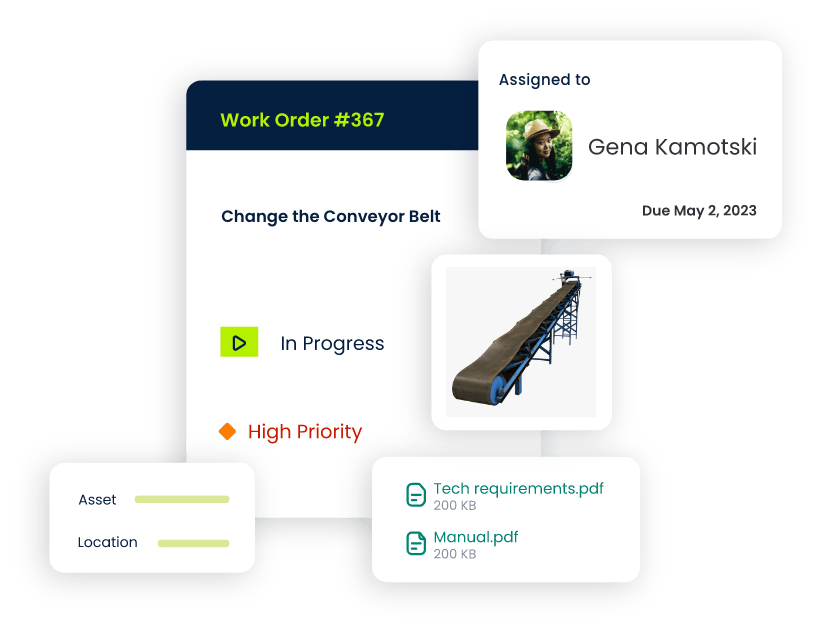Maintenance Professionals
Maintenance professionals are responsible for the day-to-day upkeep and management of assets. In the context of FMECA, maintenance professionals contribute their intimate knowledge of asset behavior, maintenance history, and operational insights. Their real-world experience is invaluable when identifying potential failure modes and their effects.
Reliability Engineers
Reliability engineers are often the driving force behind FMECA initiatives. They possess specialized knowledge in asset reliability and are responsible for designing and overseeing reliability programs. These professionals guide the FMECA process, ensuring it adheres to best practices and industry standards. They bring expertise in data analysis and risk assessment to the table.
Quality Assurance Teams
Quality assurance teams ensure that products and processes meet the highest quality and safety standards. In FMECA, they contribute by assessing the effects of potential failures on product quality and safety. Their expertise in quality control and risk mitigation is essential in determining the criticality of failure modes, particularly when it comes to compliance with regulatory standards.


